The Grandiose Ambition of the Great Southern of Spain Railway Company Ltd.
GSSR: Almendricos to Huércal-Overa & The 1929 Runaway Crash
The GSSR pushes deeper into Almería with the completion of the Almendricos to Huércal-Overa section in 1891, an engineering feat accomplished despite the contractor's bankruptcy. Discover the unique challenges of the ramblas and the use of August Lecoq et Cie bridges. Read the tragic account of the 1929 runaway wagon collision near Huércal-Overa, the subsequent massive fire, and how the resilient line now thrives as a Vía Verde (Greenway).
By Nick Nutter on 2025-10-5 | Last Updated 2025-10-23 | The Grandiose Ambition of the Great Southern of Spain Railway Company Ltd.
This article has been visited 253 times

Huércal-Overa station 2025
Deeper into Almería: Almendricos to Huércal-Overa (1890–1891)
With the essential port connection to Águilas, Almendricos, and Lorca complete by 1890, the Great Southern of Spain Railway—the GSSR—was ready to push deeper into the interior. Just over a year later, on April 10, 1891, the line reached the important market town of Huércal-Overa, crossing the provincial border from Murcia into Almería, Andalucía.
Do you enjoy my articles? For your reading pleasure, this website does not carry third party ads. You could help me write more articles by buying me a cup of coffee.
Topography: A Fertile, but Arid Land
The landscape between Almendricos and Huércal-Overa is a fascinating transition. Although separated by a provincial line, the towns are close, situated in a relatively broad, fertile plain. This is a region defined by agricultural oases, where intensive farming has created huge orchards of citrus, olives, and almonds, even within an otherwise arid environment.
This plain is framed by low, rugged mountains, such as the Sierra de Enmedio to the east. A key feature of this arid topography is the network of successive “ramblas,” or dry riverbeds. While usually empty, these ramblas can quickly turn into raging torrents during heavy rains, requiring the GSSR engineers to navigate them with numerous trenches and embankments. The town of Huércal-Overa itself is a historic centre within the Almanzora River basin, a major waterway that has shaped the region for centuries.
Construction and a Financial Crash
Even on this comparatively flat section, engineering was still required. The railway navigated the landscape with fine examples of the bridges supplied by the Belgian firm August Lecoq et Cie, such as the crossing over the Rambla Las Norias. The GSSR even built a short, beautifully crafted tunnel near Las Norias, likely to satisfy a landowner who wanted a bridge connecting his property on both sides of the line.
However, the advance of the track came despite catastrophic financial news. Just months after the first section opened, the construction company, Hett, Maylor & Co. Ltd., had declared bankruptcy at the end of 1890.
The root cause was a gross underestimation of the costs, compounded by high land acquisition prices and, damningly, the company being "ripped off by subcontractors." This massive oversight, coupled with the fatal fixed-price contract, meant the project was woefully undercapitalized. Despite the financial collapse that would occupy the GSSR with restructuring for years, the company pressed on, opening the Almendricos to Huércal-Overa section in the spring of 1891.
A Fatal Disconnect
The line's history here is marked by a terrible accident that underscores the dangers of railway operations.
On October 8, 1929, a horrific train collision occurred near Huércal-Overa. The incident began when thirteen wagons became disconnected from a train during shunting operations at the station. Unmanned, the wagons rolled freely down an incline towards Almajalejo, gathering lethal speed before ploughing into the iron ore Train No. 2 at full force. The crew of Train No. 2 had virtually no warning.
The force of the impact destroyed one locomotive, severely damaged another, and derailed numerous wagons. Since the runaway wagons were full of esparto grass, a massive fire immediately erupted, creating a huge conflagration that engulfed the wreckage. A rescue train was quickly dispatched, but sadly, they had the grim task of removing the body of the train driver—or the brakeman, reports vary—from the wreckage.
Despite the monumental task of clearing the debris and repairing the line, the GSSR staff performed a miracle: the line was reopened just five days later, entirely due to the dedication of the railway workers. The material loss alone was estimated at a staggering half a million pesetas. The line's history here is marked by a terrible accident that underscores the dangers of railway operations.
On October 8, 1929, a horrific train collision occurred near Huércal-Overa. The incident began when thirteen wagons became disconnected from a train during shunting operations at the station. Unmanned, the wagons rolled freely down an incline towards Almajalejo, gathering lethal speed before ploughing into the iron ore Train No. 2 at full force. The crew of Train No. 2 had virtually no warning.
The force of the impact destroyed one locomotive, severely damaged another, and derailed numerous wagons. Since the runaway wagons were full of esparto grass, a massive fire immediately erupted, creating a huge conflagration that engulfed the wreckage. A rescue train was quickly dispatched, but sadly, they had the grim task of removing the body of the train driver—or the brakeman, reports vary—from the wreckage.
Despite the monumental task of clearing the debris and repairing the line, the GSSR staff performed a miracle: the line was reopened just five days later, entirely due to the dedication of the railway workers. The material loss alone was estimated at a staggering half a million pesetas.
Huércal-Overa: A Centre Reinforced
The Huércal-Overa station was a significant stop on the main GSSR line, serving as a focal point for the entire region. The GSSR's distinctive, functional, and durable British architectural style, built with local stone, brick, and iron, characterised the station.
The railway's presence here reinforced the town's role as a regional centre. Unlike other smaller stations that the GSSR built from scratch, Huércal-Overa was already an established, thriving market town, having been a provincial seat since 1884. The railway didn't create the town, but it was a powerful catalyst for its modernisation, connecting local agricultural products—fruit, vegetables, and artisanal goods—to wider markets and cementing its role as a key transit point for the region’s economic driver: mining.
Today, the smoke, steam, and noise of the shunting engines are long gone. The Vía Verde—or Greenway—now follows the trackbed, allowing cyclists and hikers to experience this historic route. The Huércal-Overa station building has been converted into a bistro bar, ensuring that the old railway station remains a central part of the town's life.
Enjoying This Article – FREE to read on Kindle Unlimited?
My new book, 'The Grandiose Ambition of the Great Southern of Spain Railway Company Ltd.’ is now available as a fully illustrated, colour, paperback from Amazon, as a downloadable ebook from Kindle and Free to Read on Kindle Unlimited.
Do you enjoy my articles? For your reading pleasure, this website does not carry third party ads. You could help me write more articles by buying me a cup of coffee.

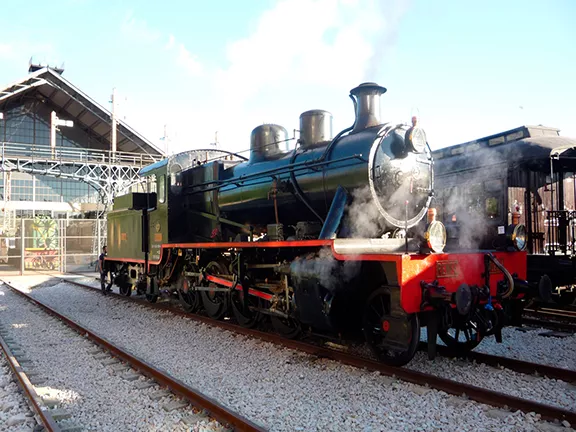 1: Setting the Stage for the GSSR
1: Setting the Stage for the GSSR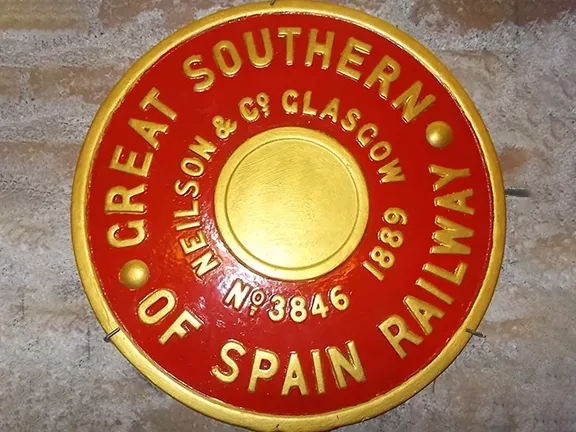 2: Founding the GSSR
2: Founding the GSSR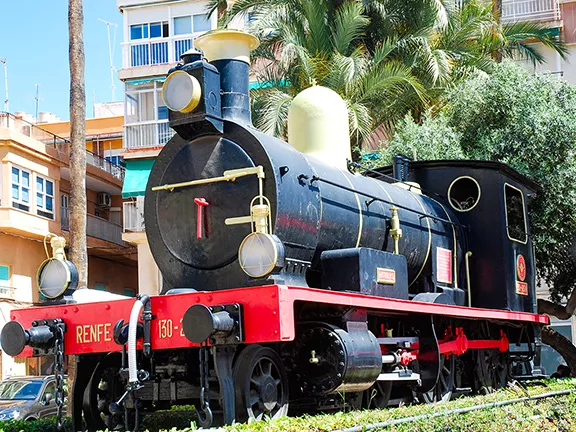 3: Águilas to Almendricos and Lorca (1885–1890)
3: Águilas to Almendricos and Lorca (1885–1890)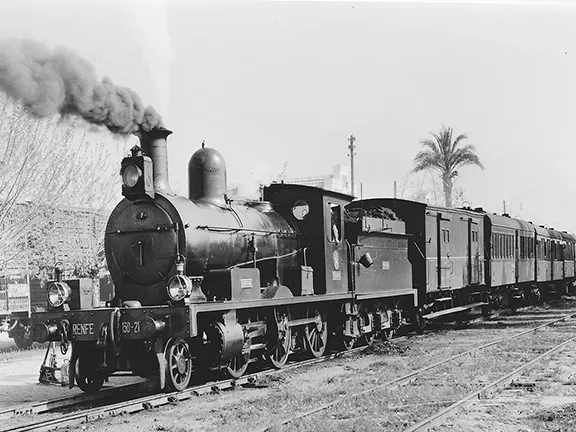 4: Implosion of Hett, Maylor & Co.
4: Implosion of Hett, Maylor & Co.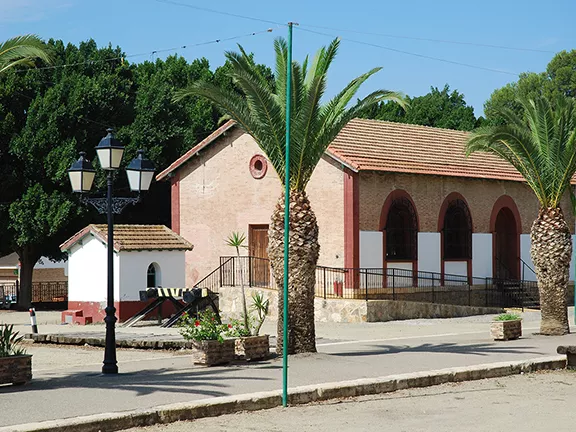 6: Huércal-Overa to Zurgena (1891–1892)
6: Huércal-Overa to Zurgena (1891–1892)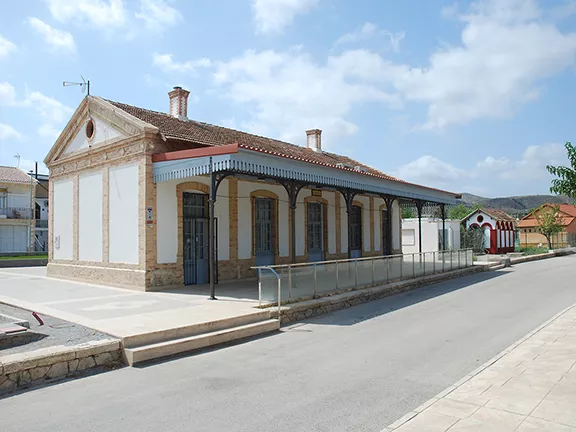 7: Zurgena to Almanzora (1892–1893)
7: Zurgena to Almanzora (1892–1893)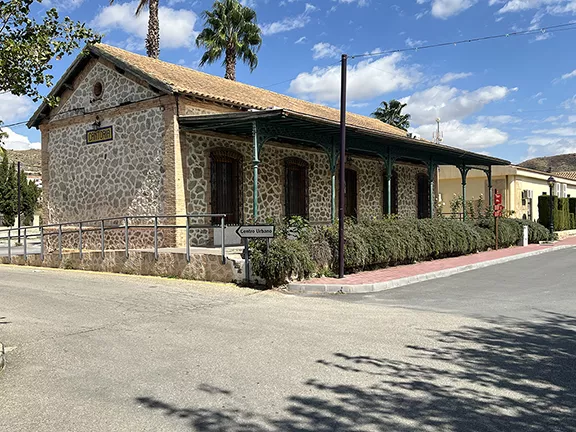 8: Almanzora to Purchena (1893–1894)
8: Almanzora to Purchena (1893–1894)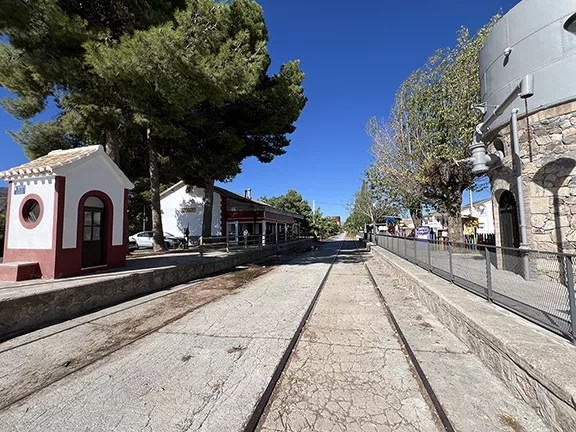 9: Purchena to Serón (1894)
9: Purchena to Serón (1894)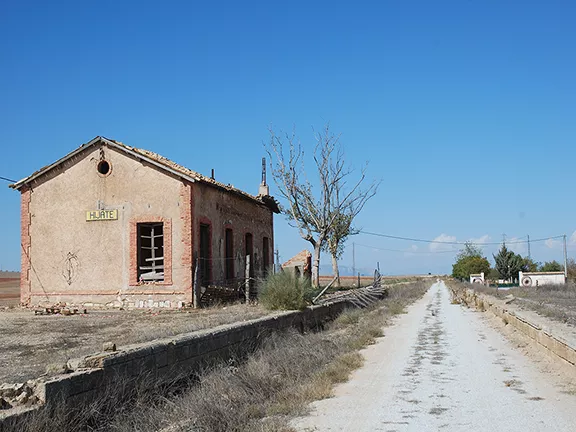 10: Serón to Baza (1894)
10: Serón to Baza (1894)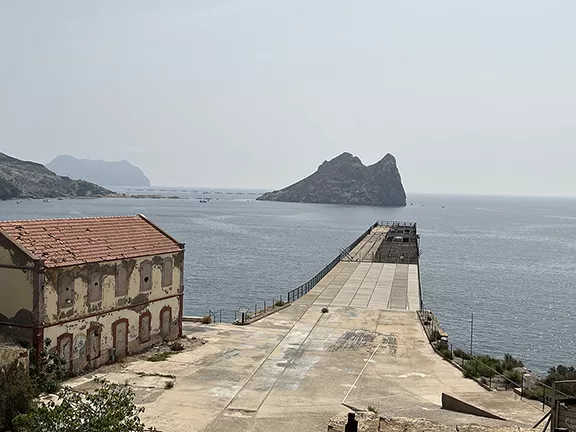 11: El Hornillo Ore Loading Pier (1903)
11: El Hornillo Ore Loading Pier (1903)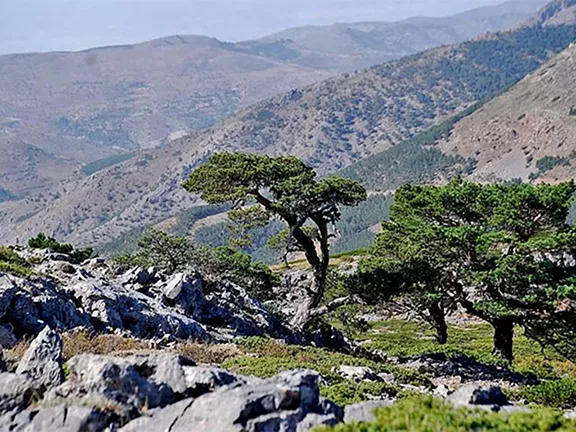 12: GSSR Concession Transfer
12: GSSR Concession Transfer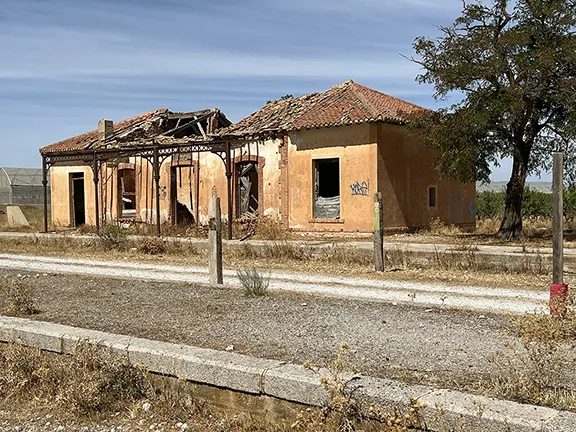 13: Baza to Baúl (1906)
13: Baza to Baúl (1906)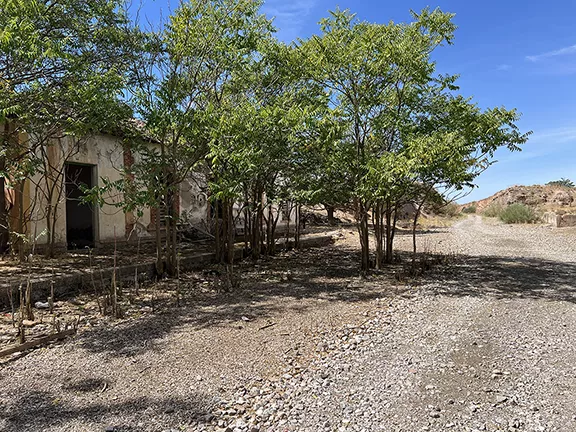 14: Baúl to Gor
14: Baúl to Gor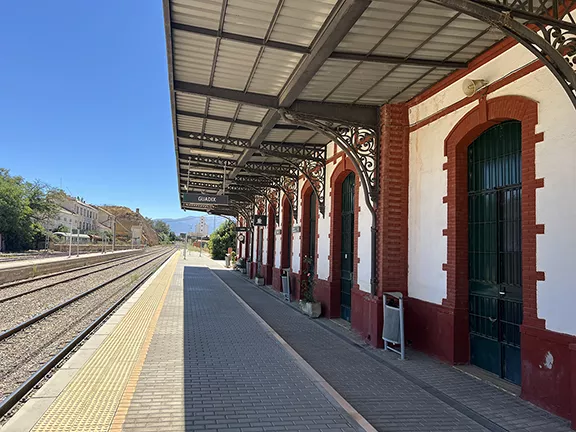 15: Gor Viaduct Disaster (1905)
15: Gor Viaduct Disaster (1905)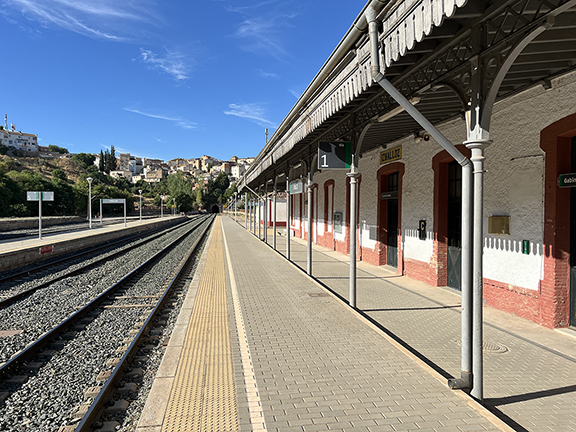 16: Granada to Guadix (1904)
16: Granada to Guadix (1904)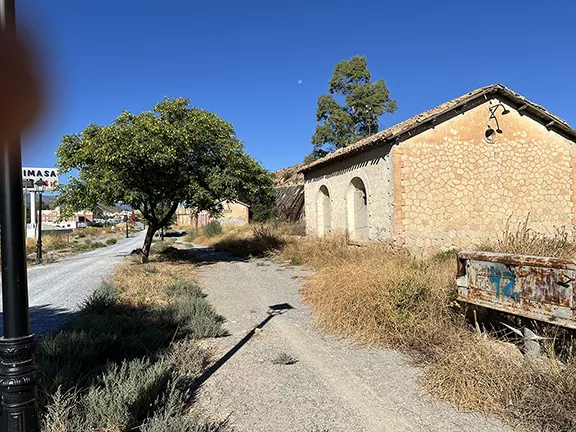 17: The Twilight and Rebirth of the GSSR
17: The Twilight and Rebirth of the GSSR